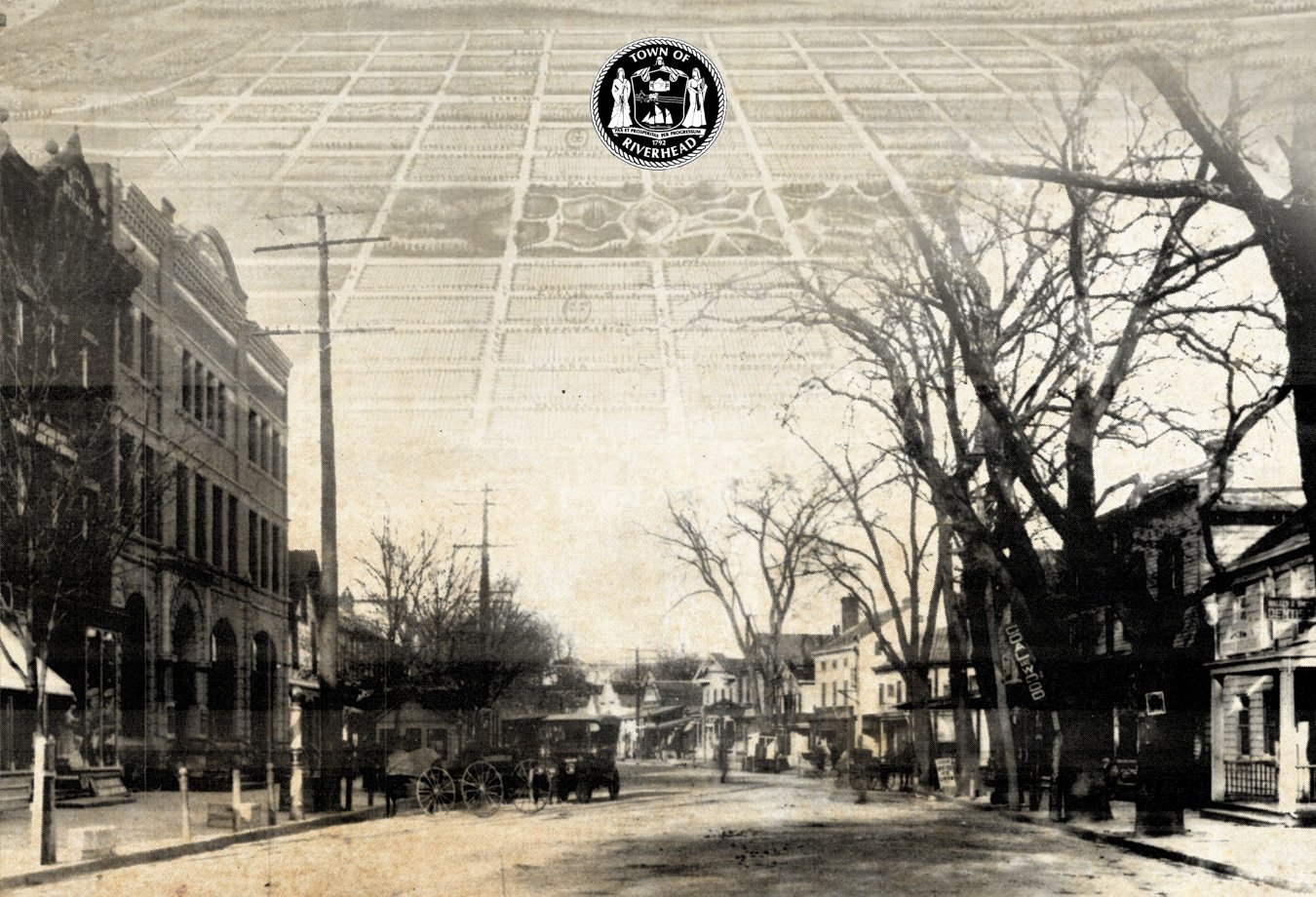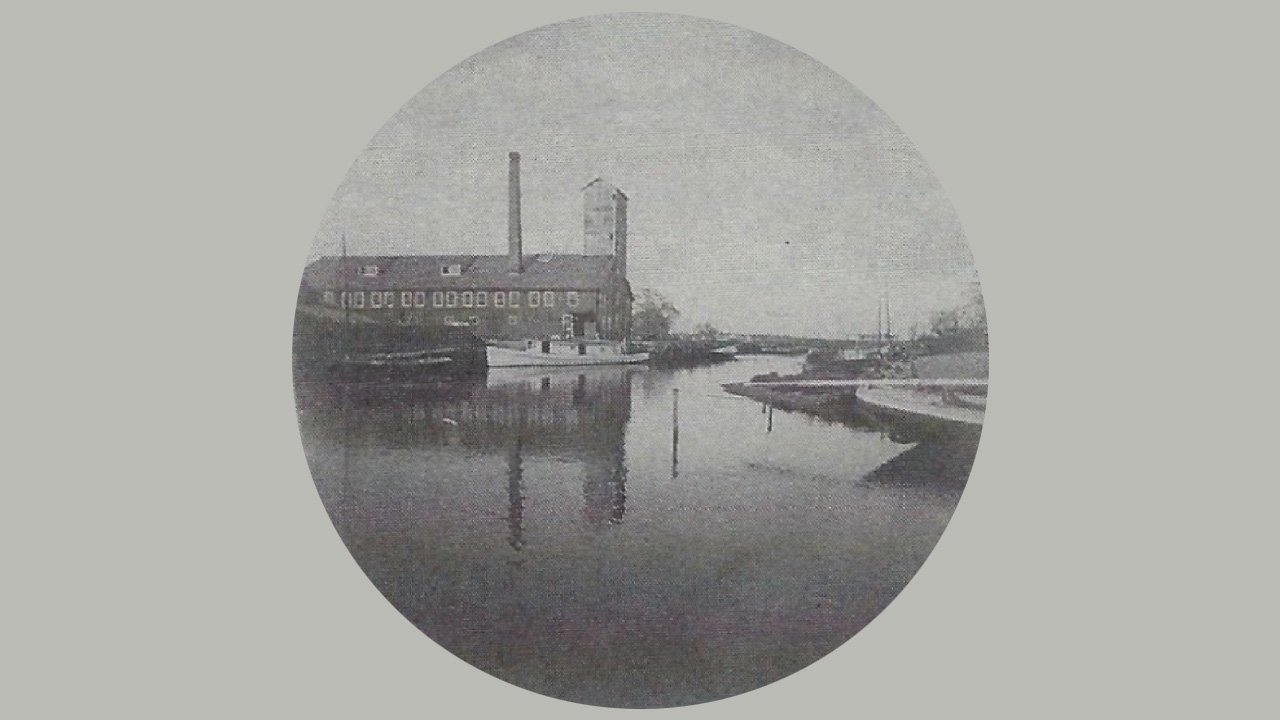
SCROLL BELOW FOR A MAP OF ALL THE STOPS ON THE TOUR.
SCROLL BELOW FOR TEXT OF THIS STOP
-
Taft Candy Store
1898
Peconic Avenue Parking Lot
Narrator: "Judge" William H. Taft (1833-1915), voiced by Jeff Greenberger
Hello, this is Judge Taft. My full name is William H. Taft, just like President Taft, except my middle name wasn’t Howard. I wasn’t really a judge either, although for the last nine years of my life I served as justice of the peace.
This little building was my candy store. In 1898 the officers of the Riverhead Savings Bank took pity on me and gave me permission to build this small store on the sidewalk right in front of their beautiful Bank Building on West Main Street. I think you may have just been there – it was the one designed by George Skidmore in the Romanesque style.
I sold candies, fruit, newspapers and cigars from that little store. Everyone loved me. The Riverhead News, said I was a “genial and courteous gentleman who was never too busy to chat with all who wished.” You can see my little shop in this old postcard too. After my death in 1915, the bank immediately had the little building removed. Since then, the structure has led a peripatetic existence, serving for a time as a refreshment stand at the County Fairgrounds and a play-house for the children of a Roanoke Avenue family before landing down here on the waterfront.
As long as you are down here by the Peconic River, let me tell you a little about this part of town. Look at this picture taken from the observation platform atop the Griffing Water Tower across the street that you just visited. Back then, the riverfront was bustling with several shipyards and lots of boats coming and going. They dredged the Peconic River estuary to make it passable for small steamboats to come in.
And right here where you are standing was totally different. It was the location of the Hallett planning and molding mill. The building was three stories high and 220 feet long. This mill manufactured wooden window sashes, doors, shutters, moldings, brackets, scrolls, chair rail, flooring and fencing. It had thirty woodworking machines powered by a 60-horsepower steam engine. Mr. Hallett could bring boats full of lumber right up to the dock in front of the factory.
If you haven’t seen it already, you will be passing by Charles Hallett’s house on Griffing Avenue. He designed it himself. All those fancy brackets and fancy trim were made right here in his factory. He was quite a guy.








